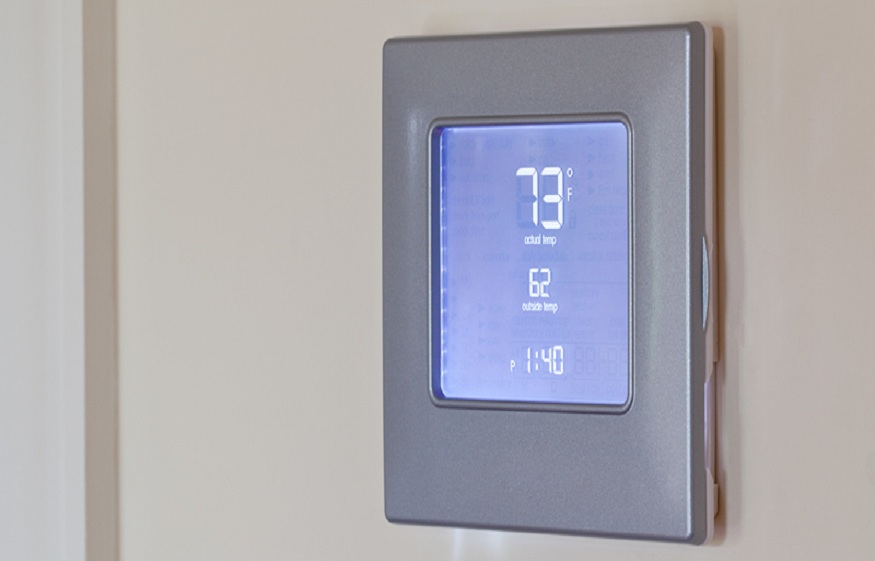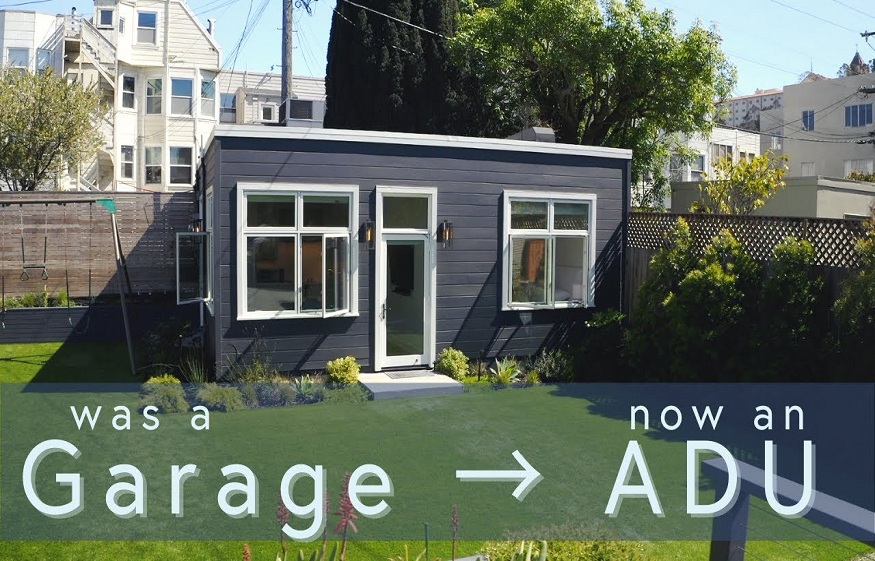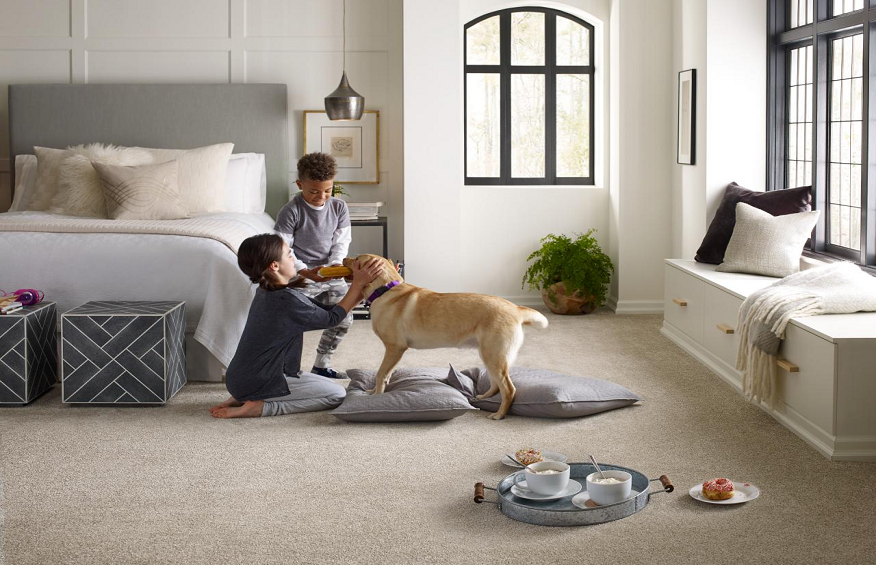Even if the external temperatures have remained fairly mild for a long time, it is impossible not to heat your interior. Nothing is more uncomfortable, in fact, than living in a damp house. But how to reconcile pleasant atmosphere and acceptable energy bill?
Beyond adjusting your boiler correctly , there are other good things to do to improve your comfort, including adapting the temperature of each room to the needs of its occupants. As a reminder, ADEME specifies that lowering heating by 1°C also reduces energy consumption by 7%.
Living room, kitchen… The right temperature for living rooms
The building code proposes 19°C as the average value for heating. This temperature is for regularly occupied rooms. This concerns the living room, the dining room and the room that serves as an office (if there is one). If you are used to reading in your bedroom or watching TV there, this is also one of the rooms to be heated to 19°C for a pleasant atmosphere.
The kitchen is also affected by this temperature, even if the calorie intake linked to cooking in the oven, for example, is undeniable. These 19°C should ideally be measured in the center of the room, about 1m50 from the ground. Virtually all measurements are made with a thermometer placed on the wall.
It is strongly advised to lower the temperature of all the rooms to 16°C, as soon as the occupants are absent for more than 24 hours . From 3 days of absence, 8°C must be programmed.
For the less cautious, it is best to heat to 18 or even 17°C for reasons of energy sobriety !
Heating: the ideal temperature in a room
During the night, and for health reasons, it is advisable to heat adult bedrooms to 16°C . That’s good enough for your well-being. A cool space to rest allows a restful sleep, a migraine-free awakening. Of course, you have to think about putting on a good thick duvet to stay warm.
In addition, in this room, too high a temperature may affect the quality of your sleep ! If you are too hot, you have trouble falling asleep or you may wake up several times during the night.
Are you afraid that 16°C is insufficient? You can go up to 17°C! Beyond that you can hinder your restful sleep.
If you have a guest bedroom , which is therefore not used all the time, also keep the temperature at 16°C to avoid bringing cold to the surrounding rooms.
During their first months, babies do not know how to regulate their body temperature. The 16°C recommended for an adult’s room may thus prove to be too low for them and they may therefore be cold.
This is why, in addition to covering your infant with a sleeping bag, in a baby’s room, it is recommended to turn up the heating between 18 and 20°C .
Do you practice co-sleeping? If your baby sleeps with you in your room, then it is advisable to increase the temperature a little for the latter.
Note that it is recommended to heat the children’s room to the same temperature as that of a baby. In fact, these tend to be discovered during the night.
How much should a bathroom be heated?
In this place, it is necessary to increase the heating temperature to 20°C , so as not to be cold when you get out of your shower or bath. Then remember to ventilate well in order to lower the humidity rate, as this can hamper your thermal comfort!
However, this room is considered a transit area and not a living area, so it is recommended the rest of the time to lower the temperature to 17°C the rest of the day .
The ideal is to have an auxiliary heater in the bathroom, so that you only heat when you go to this room. You can thus start it for a few minutes to quickly increase the temperature of your bathroom.





